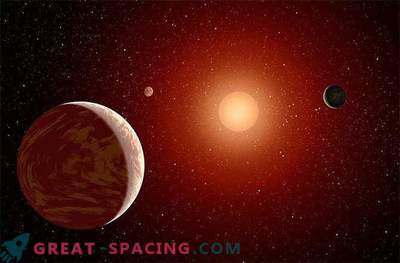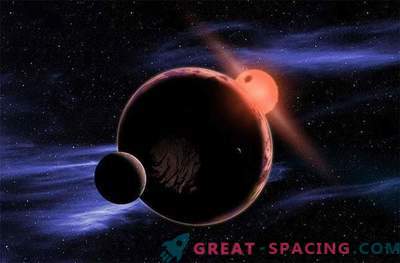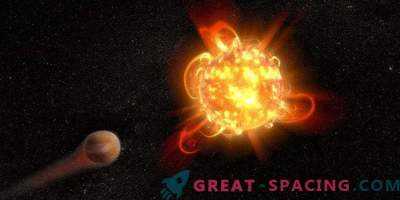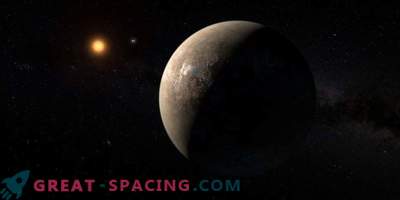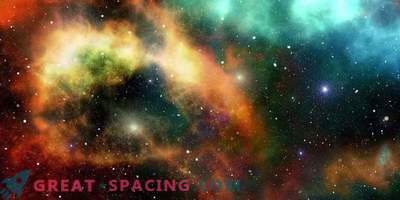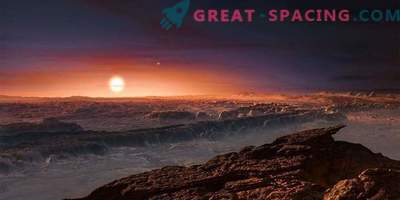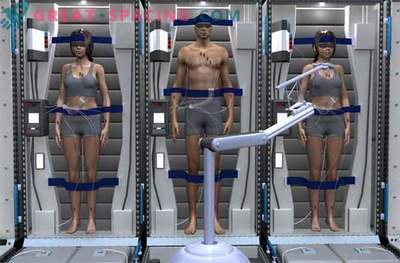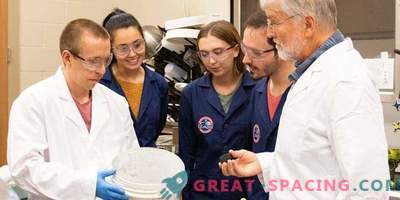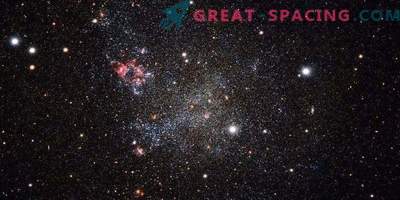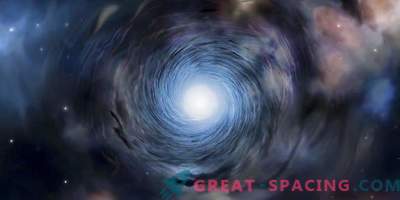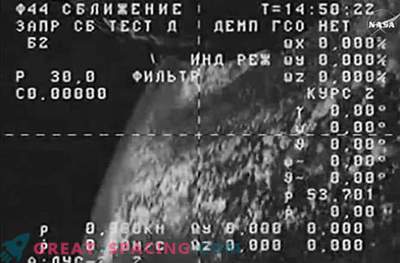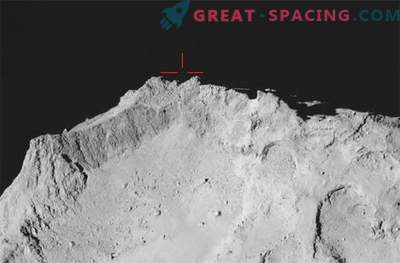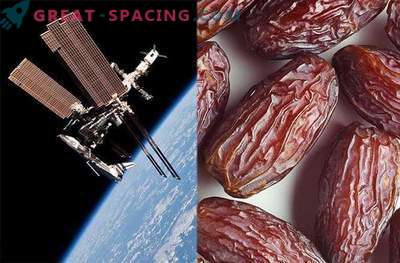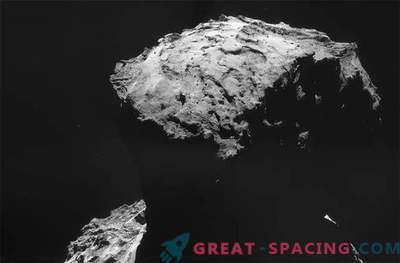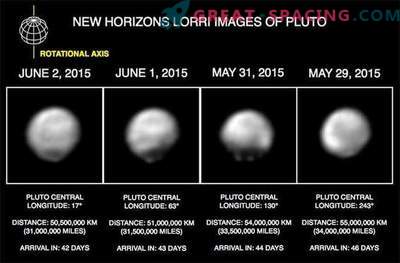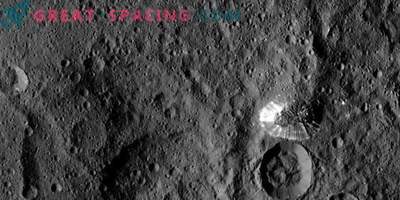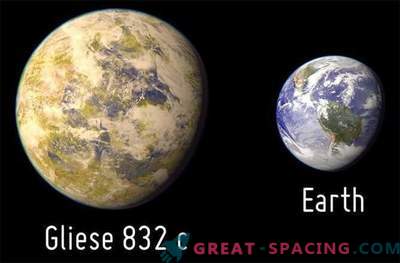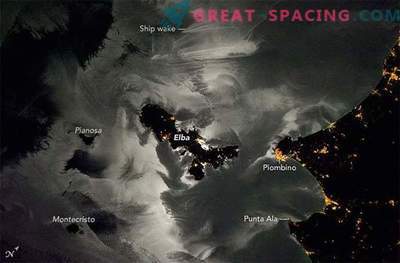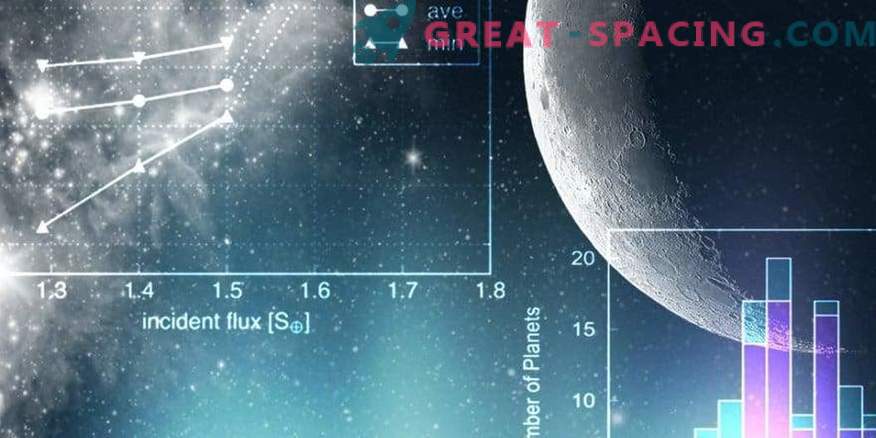
A research team from the Department of Science and Planetary Sciences at the Tokyo Institute of Technology confirmed the existence of 15 exoplanets around red dwarf systems. One of the brightest dwarfs, K2-155, is 200 light-years distant from us and has three transit super-earths. The most outermost planet among them is K2-155d. The radius is 1.6 times greater than that of the Earth and can be in the habitat zone.
Moreover, scientists have found that K2-155d can potentially have liquid water on the surface. These findings are based on 3D modeling of the global climate system. In simulations, the atmosphere and composition of the planet were considered to be earthly, but there is no guarantee that this is so.

Surface temperatures were set on the basis of the insolation flux (the amount of incoming stellar radiation) estimated at 1.67 ± 0.38. When the level exceeds 1.5, a quick greenhouse effect is created, signaling the clipping limit of life-friendly temperatures. If the level is below 1.5, then the surface temperature will be moderate.
A more accurate estimate of the radius and temperature of the star is needed for the final verdict: is K2-155d suitable for life? However, to achieve this accuracy, further studies based on interferometric methods will be needed. It is now known that the planets around red dwarfs can resemble planets around solar-type stars. This is also the first time that researchers have succeeded in demonstrating a radial rupture around red dwarf stars.

A histogram of the planet's radius around the red dwarf. The reference number for later stars (surface temperature below 3500 K) is shown higher than for early red dwarfs (3500-4000 K)
The most likely explanation for the absence of large planets near the stars is photoevaporation, which can throw off the shell of the planetary atmosphere. Scientists are also studying the relationship between the planetary radius and the metallicity of stars. Thus, several planets with a radius of three times the size of the earth found in orbit the most metal-rich red dwarfs.
With the launch of the TESS satellite in April 2018, researchers hope that they will manage to find even more planets.
